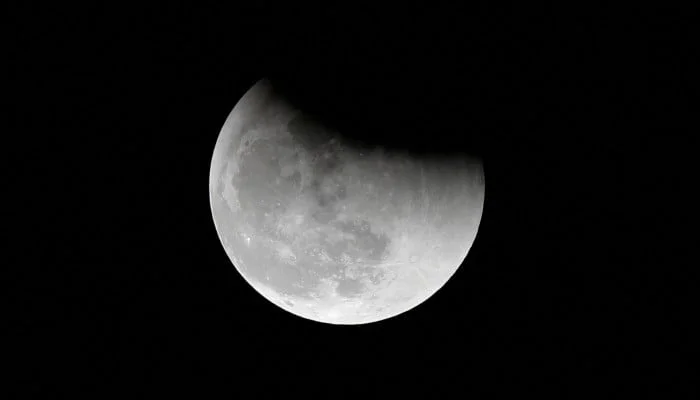
Lunar Water Ice: The New Space Race Frontier
The hunt for water ice on the Moon is intensifying, driven by its potential to be a crucial resource for future lunar bases. Two recent studies highlight the challenges and innovative techniques involved in locating and quantifying this precious commodity, potentially influencing the next generation of lunar missions and even the establishment of a permanent lunar base. Is the lunar water ice worth the effort? The answer seems to be a resounding yes, given the escalating efforts from multiple nations.
China is employing cutting-edge technology, including the world's largest radio telescope and advanced radar systems, to map out the distribution of lunar ice. According to a study by Chinese researchers published in Science Bulletin, water ice likely exists at the Moon’s south pole, but is fragmented, scattered, and buried deep beneath the surface. The team estimated that ice makes up no more than 6% of the material within the top 10 meters of lunar soil in permanently shadowed regions. These findings could significantly impact the selection of landing sites and the design of China’s proposed lunar research base.

Hu Sen, a planetary geochemist in Beijing, praised the work as "impressive" and a "really creative approach."
Meanwhile, a separate research team led by Jordan Ando at the University of Hawai’i at Mānoa is utilizing ShadowCam, a highly sensitive visible-light camera aboard the Korea Lunar Pathfinder Orbiter, to investigate water ice in the Moon’s permanently shadowed regions (PSRs). These regions remain in constant darkness, maintaining temperatures below -173 °C (-279 °F), creating stable cold traps for ice accumulation over billions of years. ShadowCam, being 200 times more sensitive than previous lunar cameras, captures images at a resolution of 1.7 meters per pixel.

Findings from ShadowCam are being cross-referenced with data from the Moon Mineralogy Mapper (M3), which detects ice through infrared spectroscopy. Although individual sites with potential ice showed no distinct radiance contrasts, north pole PSRs with M3 ice detections were 4.4 times brighter on average than those without. This suggests that while ice is present, it is likely diffuse and mixed with regolith.
Adding another layer of complexity, Emily S. Costello is leading a study exploring the use of cosmic ray radar, an innovative technique leveraging ultra-high-energy cosmic rays to detect buried ice. These rays generate radar waves that reflect off subsurface layers, potentially revealing ice at depths of 5–10 meters. Testing for this radar instrument is planned by early 2026.

These studies highlight the intricate challenges of finding and utilizing lunar water ice. Low concentrations, complex illumination, and spatial misalignments between different instruments make detection difficult. However, ongoing and future research promises a clearer picture, potentially unlocking a valuable resource for future lunar endeavors. The potential benefits are enormous as the lunar ice could be used for drinking water or even rocket fuel!
Will these advancements in lunar ice detection fuel further exploration and habitation of the Moon? What implications do these findings have for future space missions and the establishment of a permanent lunar presence? Share your thoughts in the comments below!